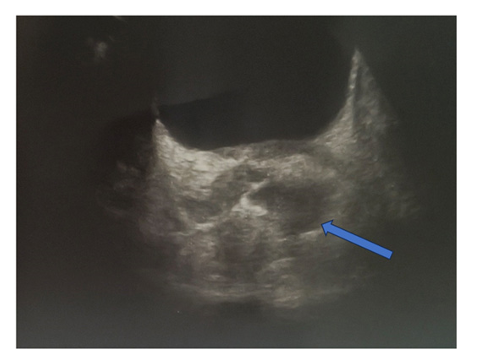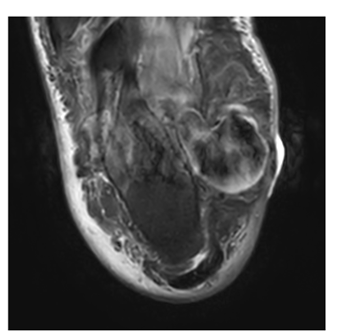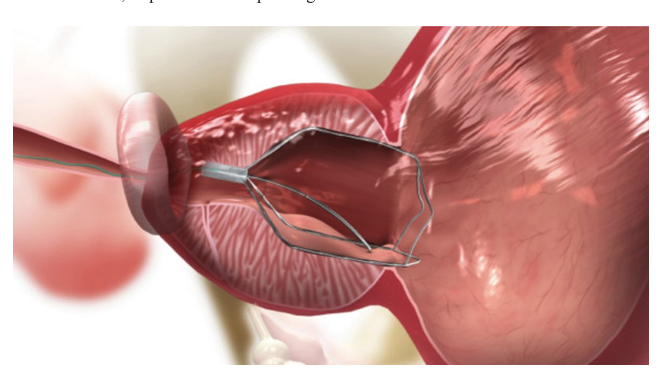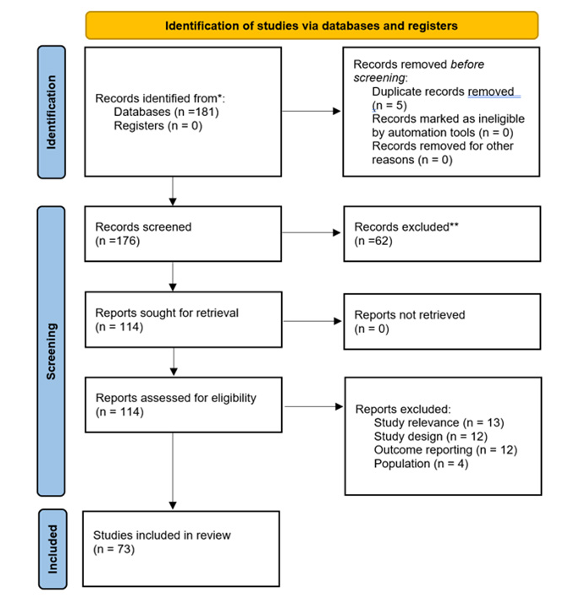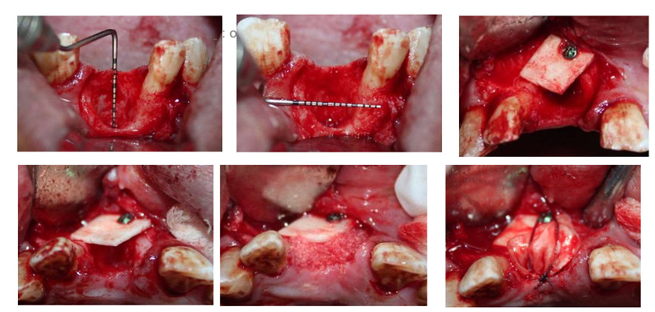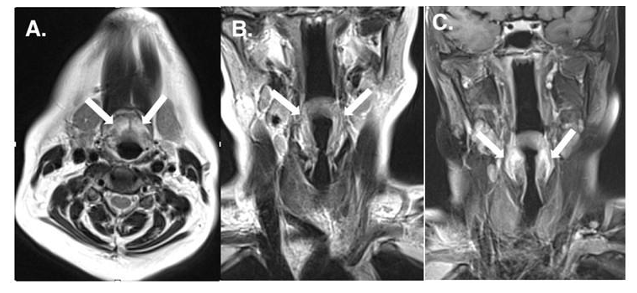1. Abstract
Central venous catheters (CVC) provide vascular access for several clinical applications. Patients may suffer from acute or chronic complications, with acute complications being more common. Here, we present a case of CVC erosion through the superior vena cava that was subsequently surgically managed and diagnosed as a lung injury.
1. Abstract
Disclosure of standard physical growth values by the WHO has been very important. With this data, physical growth in individual countries becomes easier to assess with the status of global physical growth published as standard physical growth. However, while cross-sectional assessment is possible if standard physical growth distance values are known, longitudinal assessment determined from the velocity curve with differentiation of growth distance values is not.
1. Case Report
A 55-year-old female patient was presented to the emergency department because of sudden unconsciousness. She had a history of hypertension for 5 years, but her blood pressure was under uncontrolled. The family described suffering from mild headaches and blurred vision for 2 years.
1. Introduction
Renal cell carcinoma is one of the most common malignancies of urinary tract. Metastatic disease on index presentation is quite commonly seen. Nearly 40% of patients will develop metastases after nephrectomy, and about 10% will be diagnosed with late metastatic disease after 5 years [1]. Most metastases are located in the lungs (75%), lymph nodes (36%), bone (20%) or liver (18%) [2]. Gastrointestinal tract is very unusual location for RCC metastases.
1. Abstract
Immunotherapy has a cardinal role in renal cancer, both in adju- vant setting and metastatic disease (first or subsequent lines). Se- vere immune-related adverse events (irAEs) occur in 10-27% of patients treated with immunotherapy [1,2], but the discontinuation of the treatment due to toxicity doesn’t necessarily correlate with poor outcome.
1. Abstract
Left ventricular ejection fraction (LVEF), a phenotypic artificial marker of cardiac systolic function, has been traditionally used for the classification of heart failure (HF) patients. However, LVEF suffers from several limitations and drawbacks that make its use debatable. Recently, a new index, myocardial work index, has been proposed. This novel index contains two variables: global longitudinal strain and branchial artery pressure that is also affected by a number of limitations.
DOI:https://doi.org/10.47829/ACMCR.2023.11701
1. Abstract
Corrected transposition of the great arteries is a rare complex congenital heart disease. Its clinical manifestations and changes in the natural history of the disease depend on its associated deformities.
1. Abstract
This report reviews a young man who experienced a sudden, acute myocardial infarction without any other underlying health issues, and it discusses the connection between a novel coronavirus infection and endothelial damage and thrombosis in the coronary artery.
1. Abstract
Complex regional pain syndrome (CRPS) can be divided into type I (absence of nerve damage) and type II (presence of nerve damage), its diagnosis is based on the Budapest criteria. Pain control in CRPS is a challenge, and for this reason new less invasive techniques are needed for the treatment of this chronic syndrome.
DOI:https://doi.org/10.47829/ACMCR.2023.11603
1. Abstract
1.1. Introduction
Superior/anterior umbilical ectopias with non-disruptive origins are uncommon, and have been minimally investigated.
DOI:https://doi.org/10.47829/ACMCR.2023.11602
ACMCR Archive
Articles Published
All articles are fully peer reviewed free to access and easy to download from our Site.
Why ACMCR?
- Highly Indexed Journals
- Fast Peer-Review System
- Reprints Issued Across the World
- Timely Submission for Indexing
- Collaboration with Research Institutions
- Reprints issued accross the world
- Diverse Subject Coverage
- DOI Assignment for Every Article
- Strict Ethical Guidelines
Digital Object Identifier

Content Registration at Crossref and DOI assignment for all published articles



